- Your benefits as a Premium Member
10% off items
Free shipping from €20.00
- Help & Contact
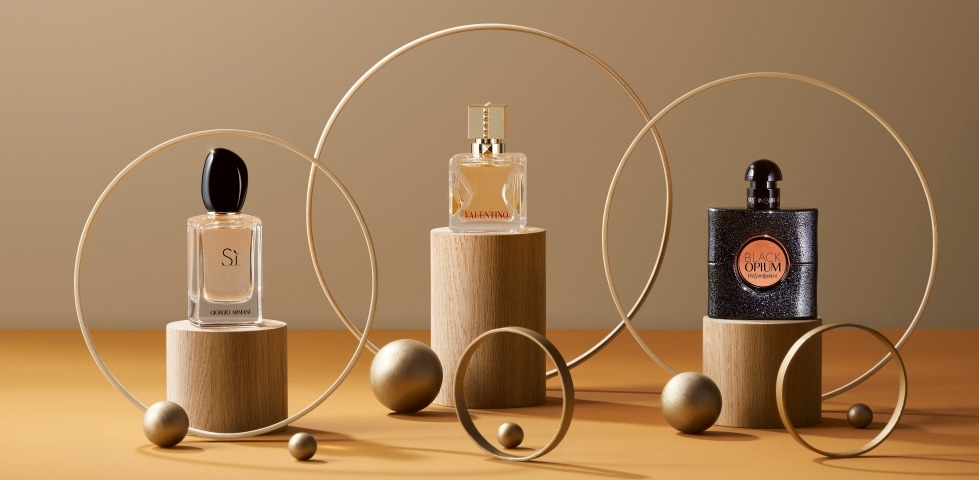
Perfume dilution classes
The selection of fragrances available out there is enormous. Once you’ve found your signature scent, all that’s left to do is to decide on the right dilution class. There is an endless variety of fragrances available to suit every taste. Would an Eau de Toilette work better, or maybe you would prefer an Eau de Parfum, and what is the difference between an Eau de Parfum and an Extrait de Parfum? We’ll answer these and many more questions on the different levels of perfume dilution and their fragrance oil concentration here.
18 September 2023 • 3 min. reading time
Table of contents
What are the components of perfume?
If you regularly test out perfumes, you’ll find they’ll surprise you time and again: The fragrance you applied on a test strip or on your skin suddenly smells totally different once a certain amount of time has passed. The reason for this is the unfolding of the three-note fragrance composition, which comprises a head, heart and base note.
What types of perfume are there?
There are several different types of perfumes and strengths, also called dilution classes or concentration categories. They differ in their intensity and longevity on the skin. The different dilution classes, Eau de Parfum, Eau de Toilette etc., differ in the amount of aromatic compounds contained in the perfume. The higher the concentration of aromatic compounds, the more intense the perfume – and therefore the longer it will last. However, as the concentration of aromatic compounds increases so does the price of the perfume. Alongside the aromatic compounds, the perfume also comprises alcohol and distilled water. Perfume can be broadly divided into the following groups:
Extrait de Parfum (Intense): contains 20 to 30% aromatic compounds
Eau de Parfum: contains 10 to 20% aromatic compounds
Eau de Toilette: contains 6 to 10% aromatic compounds
Eau de Cologne: contains 3 to 5% aromatic compounds
Eau Fraîche: contains 1 to 3% aromatic compounds
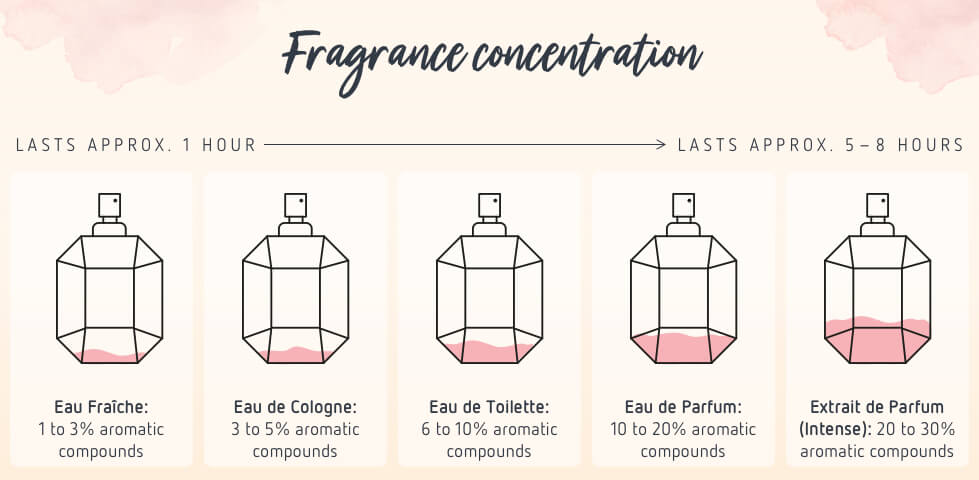
It’s not just the concentration of a perfume that is significant in determining whether a fragrance is an Eau de Parfum or an Eau de Toilette. The structure of the perfume also plays a decisive role here. For instance, an Extrait de Parfum generally contains no head note, but has a higher percentage of the heart and base notes instead. An Eau de Toilette on the other hand contains a greater percentage of the head note than a Parfum or an Eau de Parfum.
Extrait de Parfum (Intense)
An Extrait de Parfum or Eau de Parfum Intense is distinguished by its very high concentration of fragrance oils. These perfumes can come in a concentration of up to 30% fragrance, or in a few individual cases even higher. Because just one or two sprays are enough, these fragrances are usually available in higher price brackets or from luxury brands.
Eau de Parfum
An Eau de Parfum is distinguished by a high concentration of fragrance oils. This is around 10 to 20%. Thanks to its low volatility, you can use an Eau de Parfum sparingly. It only takes a few sprays to ensure the fragrance is able to develop to its full extent and can still be detected after several hours. The intense effect of the fragrance makes Eau de Parfum a popular choice for special occasions or situations where a longer-lasting or more statement fragrance is desired. The high fragrance concentration is, however, reflected accordingly in the price of an Eau de Parfum.
Eau de Toilette
When compared to an Extrait de Parfum or an Eau de Parfum, the concentration of aromatic compounds is relatively low. It is only about 6 to 10%. However, the lightness of an Eau de Toilette makes it an excellent choice for everyday wear. To ensure that the scent lasts for longer, you can go ahead and be more generous when applying your fragrance.
Eau de Cologne
The term Eau de Cologne is also common in the world of perfume. The fragrance content is just 3 to 5%. An Eau de Cologne is very volatile, light and particularly suitable for warmer weather.
Eau Fraîche
Eau Fraîche, also known as Eau de Solide and splash cologne, is the fragrance with the lowest concentration of fragrance oil. This is usually a maximum of 3% and therefore serves only as a light fragrance that can be applied over a large area.
Eau de Parfum
Eau de Toilette
How to properly store your perfume for a longer shelf life
Ensuring your perfume lasts as long as possible depends on the correct storage. As a basic rule, you should store your perfume in a cool, dark and dry place. The bathroom is not a suitable place to store it. For one, this room has a high air humidity level. What’s more, we often put the heating on high in the bathroom in winter, which generally means that the temperature here is too high for storing perfume. The bedroom usually offers the perfect conditions. If you keep your perfume here in a cupboard in its original packaging, it will be stored at a cool temperature and well protected from light, meaning it will last for an extremely long time.
Fragrances are most effective when applied to these areas
Your perfume will develop its scent particularly well on parts of the body with a pulse, such as your inner wrists, décolleté, temples and earlobes. The nape of the neck and the hair are also great places to apply perfume because they store the fragrance for an extremely long time.
FAQ
Takeaway
The different perfume dilution classes: Eau de Parfum, Eau de Toilette, Eau de Cologne et al differ in terms of their fragrance oil concentration as well as the structure of the perfume. While an Eau de Parfum has a very high fragrance concentration – between 10 and 20%, the concentration of an Eau de Toilette – between 6 and 10% – or an Eau de Cologne – between 3 and 5% – is comparatively low. When it comes to Eau de Parfum, a few sprays are generally enough, but it is usually more expensive. Eau de Toilette must be applied more generously, however its low price is a plus point. Now you know what to look out for in a perfume and you can get started on finding your signature scent right away.


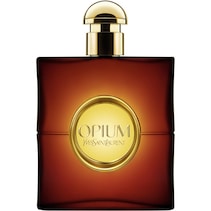



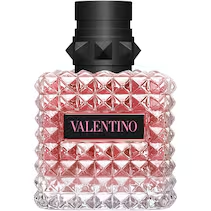



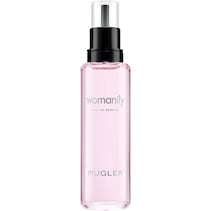
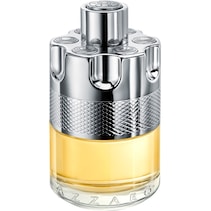
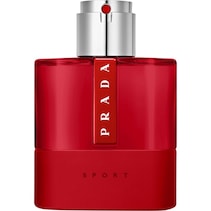
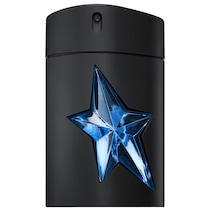
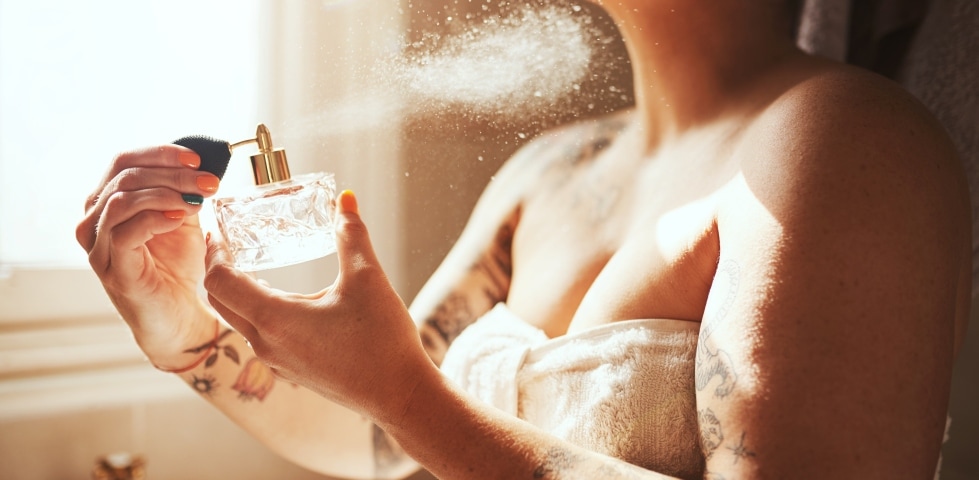






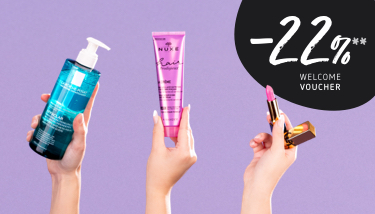






 Certified security
Certified security








